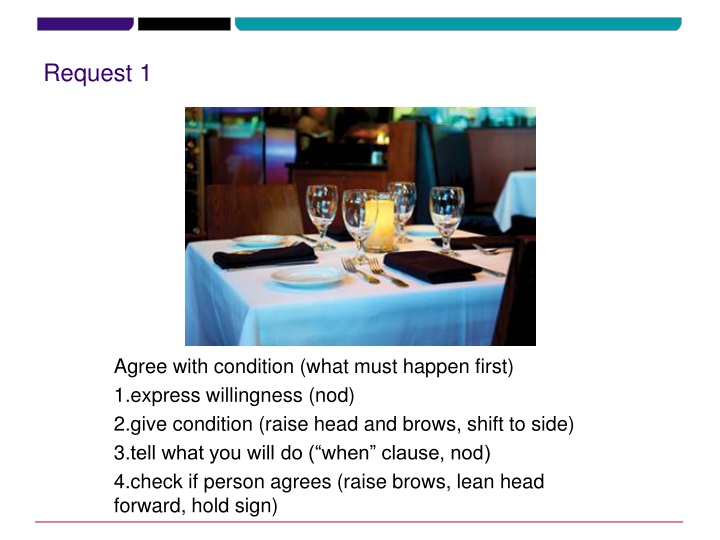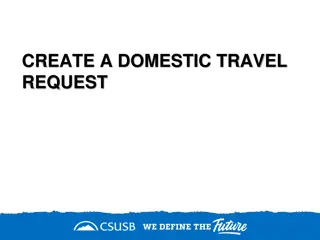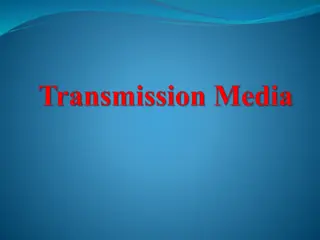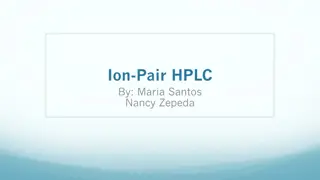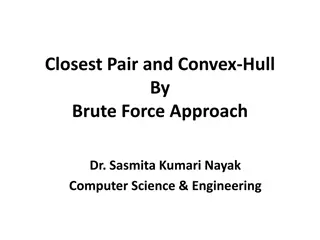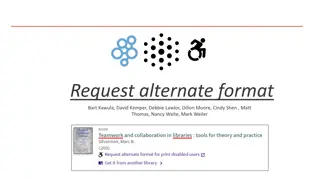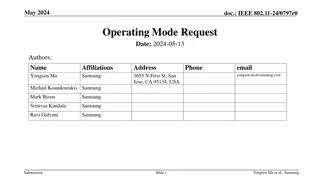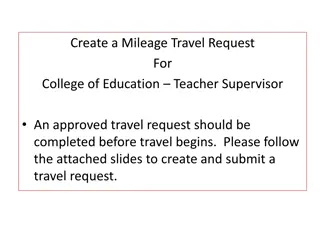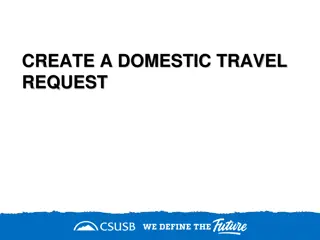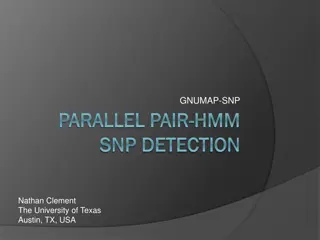Pair Practice Request Guidelines
In this pair practice activity, participants engage in structured interactions where one explains a situation and makes a request, while the other agrees with specific conditions. The process involves expressing willingness, giving conditions, stating what will be done, and confirming agreement. This practice helps develop communication skills and enhance mutual understanding.
Download Presentation

Please find below an Image/Link to download the presentation.
The content on the website is provided AS IS for your information and personal use only. It may not be sold, licensed, or shared on other websites without obtaining consent from the author.If you encounter any issues during the download, it is possible that the publisher has removed the file from their server.
You are allowed to download the files provided on this website for personal or commercial use, subject to the condition that they are used lawfully. All files are the property of their respective owners.
The content on the website is provided AS IS for your information and personal use only. It may not be sold, licensed, or shared on other websites without obtaining consent from the author.
E N D
Presentation Transcript
Request 1 Agree with condition (what must happen first) 1.express willingness (nod) 2.give condition (raise head and brows, shift to side) 3.tell what you will do ( when clause, nod) 4.check if person agrees (raise brows, lean head forward, hold sign)
Request 2 Agree with condition (what must happen first) 1.express willingness (nod) 2.give condition (raise head and brows, shift to side) 3.tell what you will do ( when clause, nod) 4.check if person agrees (raise brows, lean head forward, hold sign)
Request 3 Agree with condition (what must happen first) 1.express willingness (nod) 2.give condition (raise head and brows, shift to side) 3.tell what you will do ( when clause, nod) 4.check if person agrees (raise brows, lean head forward, hold sign)
Pair Practice Request 1 Request 2 Request 3 A: explain situation, make request B: agree with condition (explain what must happen first) 1. express willingness (nod) 2. give condition (raise head and brows, shift to side) 3. tell what you will do ( when clause, nod) 4. check if person agrees (raise brows, lean head forward, hold sign)
Request 4 Agree with condition (what is expected) 1.express willingness (nod) 2.give condition (raise head and brows, shift to side) 3.tell what is expected ( when clause, nod) 4.check if person agrees (raise brows, lean head forward, hold sign)
Request 5 Agree with condition (what is expected) 1.express willingness (nod) 2.give condition (raise head and brows, shift to side) 3.tell what is expected ( when clause, nod) 4.check if person agrees (raise brows, lean head forward, hold sign)
Request 6 Agree with condition (what is expected) 1.express willingness (nod) 2.give condition (raise head and brows, shift to side) 3.tell what is expected ( when clause, nod) 4.check if person agrees (raise brows, lean head forward, hold sign)
Pair Practice Request 4 Request 5 Request 6 Agree with condition (what is expected) 1.express willingness (nod) 2.give condition (raise head and brows, shift to side) 3.tell what is expected ( when clause, nod) 4.check if person agrees (raise brows, lean head forward, hold sign)
A: explain situation, make request B: agree with condition (what is expected) 1. express willingness (nod) 2. give condition (raise head and brows, shift to side) 3. tell what is expected ( when clause, nod) 4. check if person agrees (raise brows, lean head forward, hold sign)
A: explain situation, make request B: agree with condition (what must happen first) 1. express willingness (nod) 2. give condition (raise head and brows, shift to side) 3. tell what you will do ( when clause, nod) 4. check if person agrees (raise brows, lean head forward, hold sign)
A: explain situation, make request B: agree with condition what must happen first or what is expected
